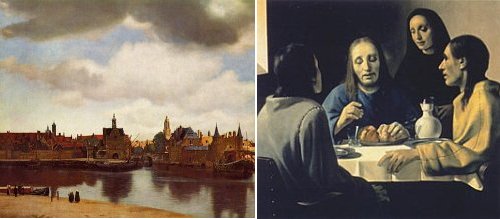Art
A Tennessee Parthenon
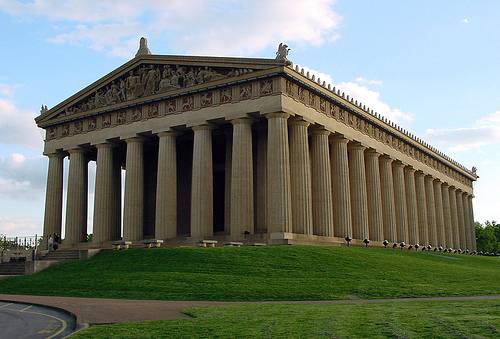
Nashville’s Centennial Park contains a full-scale replica of the Parthenon.
Like the original in Athens, it’s “more perfect than perfect”: To counter optical effects, the columns swell slightly as they rise, and the platform on which they stand curves slightly upward. So the temple looks even more symmetrical than it actually is.
Stendhal Syndrome
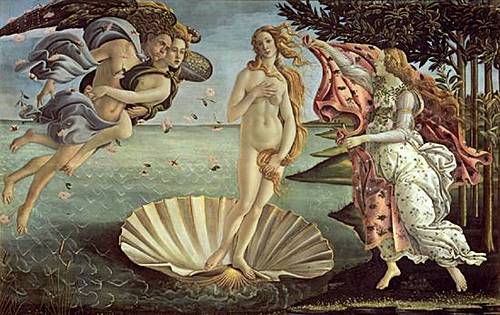
“Stendhal syndrome” refers to rapid heartbeat, dizziness, confusion, and even hallucinations in the presence of great art.
It’s named for Stendhal himself, the 19th century French author, who reported experiencing it on an 1817 visit to Florence (and described it in his book Naples and Florence: A Journey from Milan to Reggio).
It wasn’t formally described until 1979, when Italian psychiatrist Graziella Magherini documented more than 100 cases among visitors to Florence. The syndrome was first diagnosed in 1982.
Ars Longa
In the 1840s, John Banvard painted a panorama of the Mississippi River valley — possibly the largest painting ever attempted. It was 12 feet high and 1,300 feet long.
He traveled with it through Europe, Asia, and Africa, and Queen Victoria even got a private viewing.
Improbably, it’s been lost. How do you misplace a painting that’s a quarter mile long?
Anamorphosis
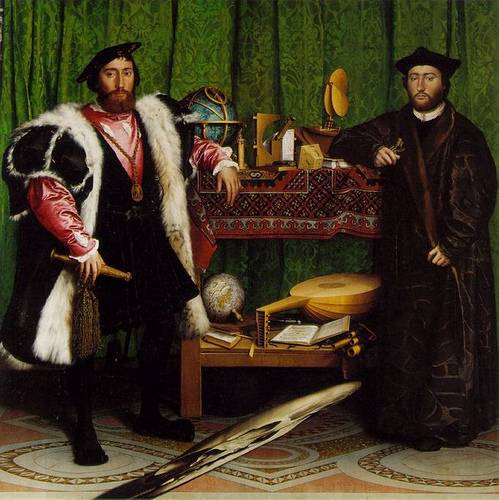
This is The Ambassadors (1533), the celebrated painting by Hans Holbein the Younger. It’s full of noteworthy symbols of exploration, but what’s that odd skewed element at the bottom?
If you view the canvas from a narrow angle, the image resolves into a skull:
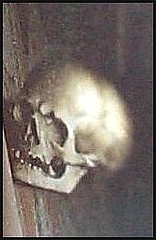
This is an early example of anamorphic perspective, an invention of the early Renaissance. It’s thought that Holbein intended that the painting would be hung in a stairwell, when people ascending the stairs would view the image from the proper angle and get a gruesome surprise.
Why? That’s an unanswered question.
Borromean Rings
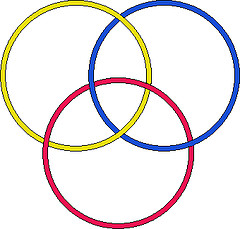
These circles are linked … but no two of them are linked.
They’re called Borromean rings.
An All-Purpose Anthem
Americans think of the song “My Country, ‘Tis of Thee” as a patriotic anthem — which is ironic, because everyone else does, too. We stole the tune from the British, who know it as “God Save the Queen,” and the same melody has served as the national anthem of Denmark, Russia, Sweden, Switzerland, Norway, and Liechtenstein.
When England met Liechtenstein in a Euro 2004 qualifying football match, they had to play the same music twice.
Fayum Mummy Portraits
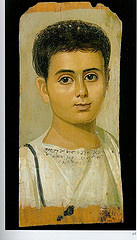
This is Eutyches, a young boy who died in Egypt during the Roman Empire. How do we know this? Because this portrait was stuffed inside his mummy.
This was actually a common practice in the Fayum region of ancient Egypt, and it’s given us some of the best-preserved paintings from ancient times.
Artists would paint the portraits on wooden panels, using hot, pigmented wax, and they’ve survived remarkably well in the region’s dry heat.
CAT scans show that the portraits match their mummies in age and sex, and they’re strikingly naturalistic, though reportedly a little formulaic.
Many, like Eutyches, were children, a sad mark of the era’s low life expectancy.
Jesus Carved in Salt
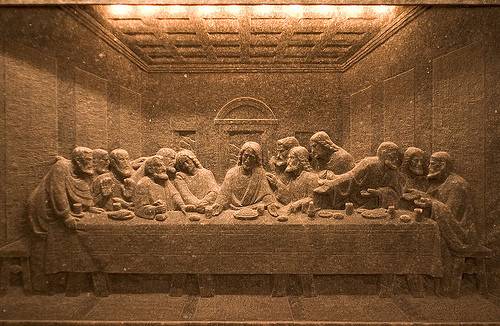
“Intellectual passion dries out sensuality,” wrote Leonardo da Vinci. Someone took him literally — and carved this likeness of the Last Supper into the wall of a Polish salt mine.
Matisse Inverted
In 1961, Henri Matisse’s painting Le Bateau was accidentally hung upside down in New York’s Museum of Modern Art for 47 days. 116,000 visitors had passed through the gallery before the mistake was discovered.

